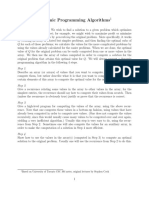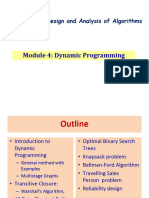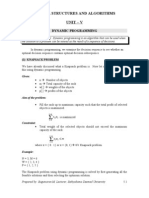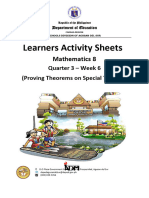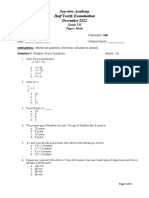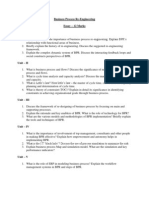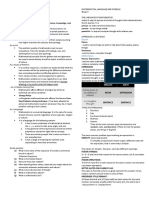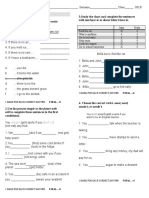0% found this document useful (0 votes)
103 views10 pagesDP Patterns
The document discusses finding the maximum or minimum cost path to reach a target node in a dynamic programming problem. It explains that the problem involves finding the optimal path from a source node to a target node by moving between nodes that have associated costs. It provides the recurrence relation to calculate the maximum or minimum cost to reach each node based on the costs of paths from previous nodes. It also describes how to approach the problem using both top-down memoization and bottom-up tabulation dynamic programming approaches.
Uploaded by
NetriderTheThechieCopyright
© © All Rights Reserved
We take content rights seriously. If you suspect this is your content, claim it here.
Available Formats
Download as PDF, TXT or read online on Scribd
0% found this document useful (0 votes)
103 views10 pagesDP Patterns
The document discusses finding the maximum or minimum cost path to reach a target node in a dynamic programming problem. It explains that the problem involves finding the optimal path from a source node to a target node by moving between nodes that have associated costs. It provides the recurrence relation to calculate the maximum or minimum cost to reach each node based on the costs of paths from previous nodes. It also describes how to approach the problem using both top-down memoization and bottom-up tabulation dynamic programming approaches.
Uploaded by
NetriderTheThechieCopyright
© © All Rights Reserved
We take content rights seriously. If you suspect this is your content, claim it here.
Available Formats
Download as PDF, TXT or read online on Scribd
/ 10










































